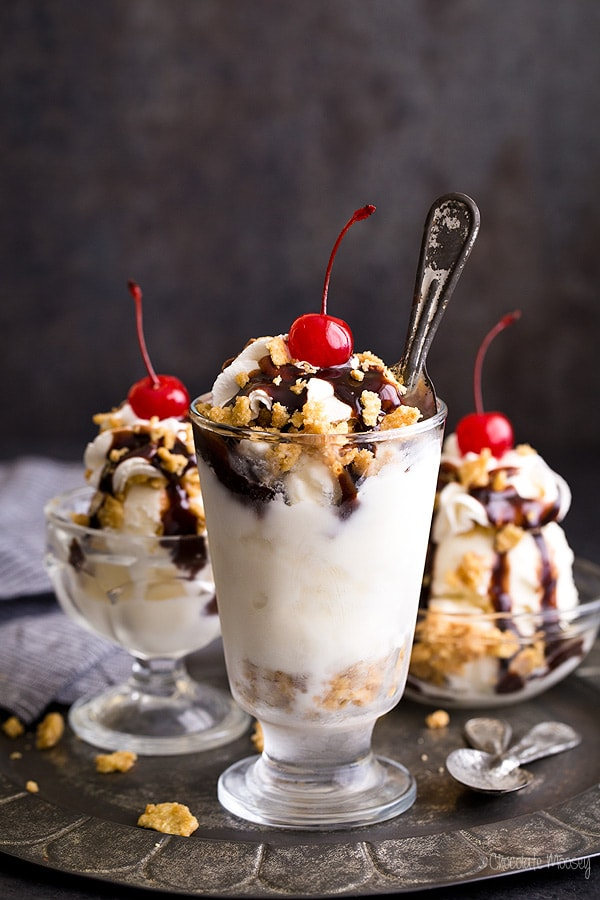The ice cream cone became popular in the early 20th century
The story of the ice cream cone's invention at the St. Louis Exposition in 1904 is probably the most well-known of the urban legends surrounding its invention. The ice cream cone was allegedly created when an ice cream vendor short of glassware enlisted the help of a waffle vendor short of customers. This is another instance of Yankee ingenuity resolving a dilemma to the benefit of everybody. There is a similar tale about how the hot dog bun was made. Both are untrue, but in the retelling, both feel too good to let go.
In truth, though not particularly well-known, edible ice cream containers were available during the St. Louis Exposition as anticipated and were nothing new. In the middle of the 19th century, French cookbooks had recipes for edible ice cream containers known as cornets. During his administration, Jefferson was familiar with ice cream served on baked pans resembling cookie sheets. In actuality, an ice cream cone patent was granted to Italo Marchiony in New York City in 1903. The "hokey-pokey," another Italian invention in which maize starch, sugar, and water were combined and frozen, was a forerunner of the ice cream cone. The end result, which debuted in the middle of the 1880s, was a delectable dish ideal for eating ice cream.
Therefore, edible ice cream delivery methods were already established and widespread before the St. Louis Exposition in 1904. In addition to being a world's fair, the Exposition featured new commercial and industrial products, and the popularity of edible ice cream dishes—commonly referred to as "cornucopias"—was duly noted. After the fair, and ever since, the ice cream cone's popularity skyrocketed, but, contrary to popular belief, it was probably not a necessity-driven invention.












